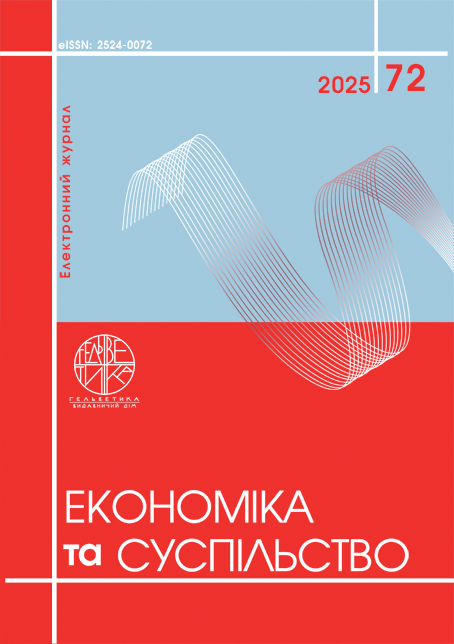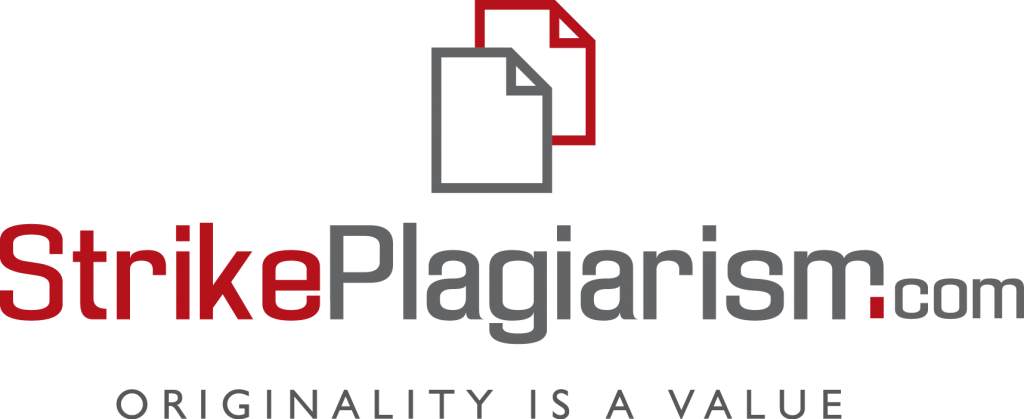MANAGEMENT SUBSYSTEMS’ DEVELOPMENT IN MANAGEMENT 5.0
Abstract
The article is devoted to the need to change approaches to the management system in an organization formation. Management is considered to be the independent activity. Management concepts’ brief description at the different stages of society's development is provided: management 1.0, management 2.0, management 3.0, management 4.0, management 5.0. The author identifies key components and technologies at these stages. They have become decisive for the use of appropriate management tools. As a conclusion, the key factors of the presented concepts are given. Scientists who made a significant contribution to their formation and development are indicated. This analysis made it possible to identify the main components of management 5.0. Its formation basis is the ESG management model. According to it, the key management subsystems are environmental management, well-being-based personnel management and innovative management. For each subsystem, directions of its development and indicators for evaluating the effectiveness of functioning are given. Environmental management is the management system’s part used to manage environmental aspects. Well-being-based personnel management means that personnel management subsystem is based at five components. They are: employee physical health, career, functional team, relationships in the team, financial well-being. Innovative management is the independent branch of economic science. But in Industry 5.0, the introduction of innovations is an integral characteristic of all organizations without exception. Formation an organization's management system based on the above three management subsystems provides it with significant advantages. They are: the ability to make relevant management decisions, increasing the level of investment attractiveness, increasing the level of initiative of employees and their interest in achieving the organization's goals. The main task of the modern management system is shifting to the plane of forming and ensuring conditions in which each employee can generate an idea, justify its feasibility and develop a way for its practical implementation, propose a project for its implementation and bear responsibility for the results obtained.
References
Вавдіюк Н. С., Мельничук М. Д. Менеджмент Індустрії 4.0 : навчальний посібник. Луцьк : ЛНТУ, 2023. 182 с.
Варіс І. О., Зайцева П. О. Комплексна стратегія well-being для компаній : інноваційні підходи та тренди. Галицький економічний вісник. 2024. Том 89. № 4. С. 99–111.
Жилінська О. І., Оліх Л. А., Корнілова І. М. Організація та управління нововведеннями : навчальний посібник. Вінниця : ТОВ “Нілан-ЛТД”, 2018. 238 с.
Кравченко М. О., Прудкий В. В. Модель аналізу сталого розвитку підприємства з урахуванням ризику. Економічний вісник НТТУ «КПІ». 2020. № 17. URL: https://ev.fmm.kpi.ua/article/view/216368 (дата звернення: 06.02.2025)
Кудлаєнко С., Романенко Є. Узгодження пріоритетів та завдань стратегічного розвитку підприємства на засадах Industry 5.0 та Management 5.0. Herald of Khmelnytskyi National University. Economic Sciences. 2024. 332(4). С. 137–142. URL: https://doi.org/10.31891/2307-5740-2024-332-20 (дата звернення: 12.02.2025)
Agile Leadership : Managing the system, not the people. URL: https://management30.com/ (дата звернення: 20.02.2025)
Gary Hamel, C. K. Prahalad. Competing for the Future. Harvard Business Review Press. 1996. 384 р.
ISO 14001:2015 Enviromental management systems – Requirements with guidance for use. URL: https://www.iso.org/standard/60857.html (дата звернення: 06.02.2025)
Jurgen Appelo. Management 3.0 : Leading Agile Developers, Developing Agile Leaders. Addison-Wesley Professional. 2010. 454 p.
Vavdiiuk N. S., Melnychuk M. D. (2023) Menedzhment Industrii 4.0: navchalnyi posibnyk [Management of Industry 4.0: study guide]. Lutsk: LNTU. 182 p. (in Ukrainian)
Varis I. O., Zaitseva (2024) Komplexna strategiia well-being dlia kompaniy : innovatsiyni pidkhody ta trendy [Comprehensive strategy for companies: innovative approaches and trends]. Galytskyy ekonomichnyy visnyk – Galician Economic Bulletin. Vol. 89. № 4. P. 99–111.
Zhylinska O. I., Olikh L. A., Kornilova I. M. (2018) Organizatsiia ta upravlinnia novovvedenniamy: navchalnyi posibnyk [Organization and management of innovations: study guide]. Vinnytsia: Nilan-LTD. 238 p.
Kravchenko M. O., Prudkyy V. V. (2020) Model analizu stalogo rozvytku pidpryemstva z urakhuvanniam ryzyku [Risk based model of analysis of the enterprise sustainable development]. Ekonomichnyy visnyk NTTU “KPI” – Economic Bulletin NTTU “KPI”. № 17. URL: https://ev.fmm.kpi.ua/article/view/216368 (accessed February 06, 2025)
Kudlaenko S., Romanenko E. (2024) Uzgolzhennia priorytetiv ta zavdan strategichnogo rozvytku pidpryemstva na zasadakh Industry 5.0 ta Management 5.0 [Coordination of priorities and tasks of strategic development of the enterprise on the basis of Industry 5.0 and Management 5.0]. Herald of Khmelnytskyi National University. Economic Sciences. 332(4). С. 137–142. URL: https://doi.org/10.31891/2307-5740-2024-332-20 (accessed February 12, 2025)
Agile Leadership : Managing the system, not the people. URL: https://management30.com/ (accessed February 20, 2025)
Gary Hamel, C. K. Prahalad (1996) Competing for the Future. Harvard Business Review Press. 384 р.
ISO 14001:2015 Enviromental management systems – Requirements with guidance for use. URL: https://www.iso.org/standard/60857.html (accessed February 06, 2025)
Jurgen Appelo Management (2010) 3.0 : Leading Agile Developers, Developing Agile Leaders. Addison-Wesley Professional. 454 p.

This work is licensed under a Creative Commons Attribution 4.0 International License.


